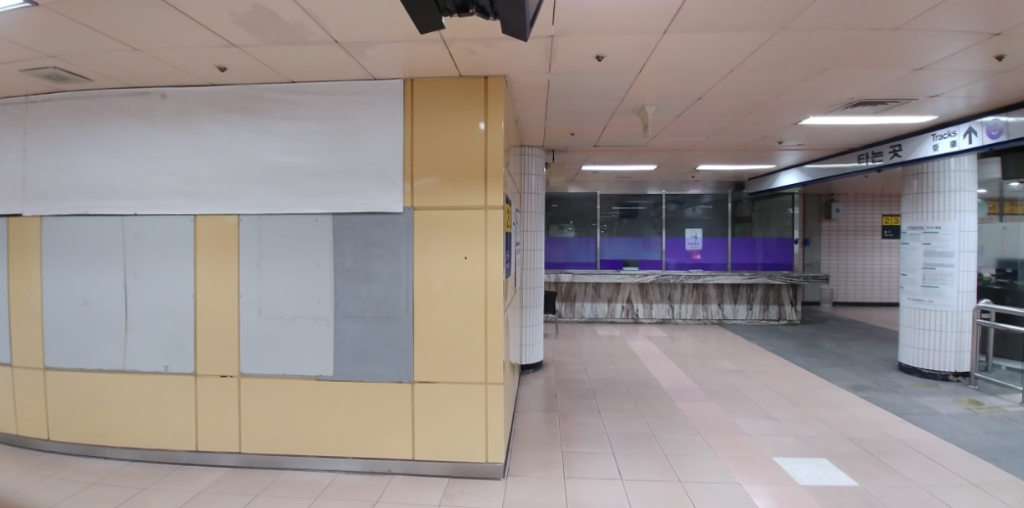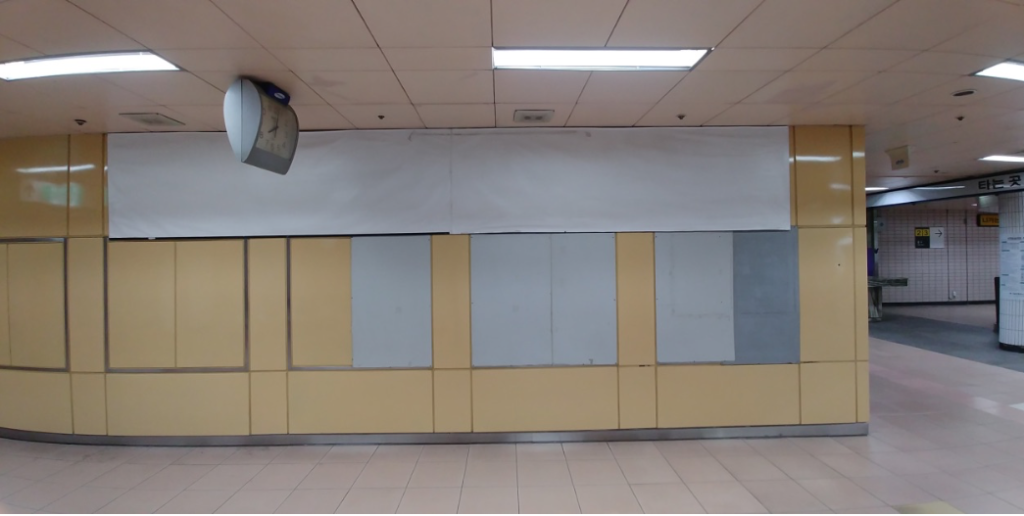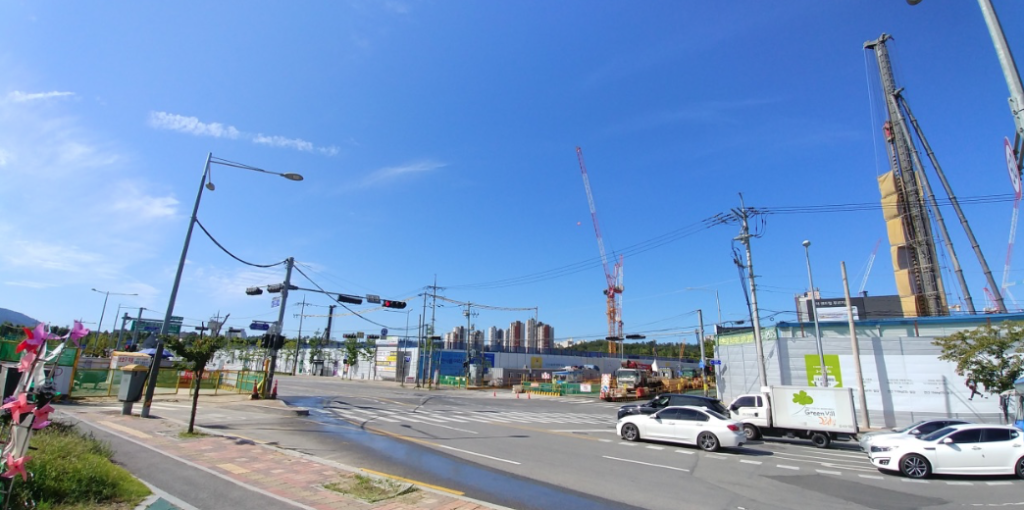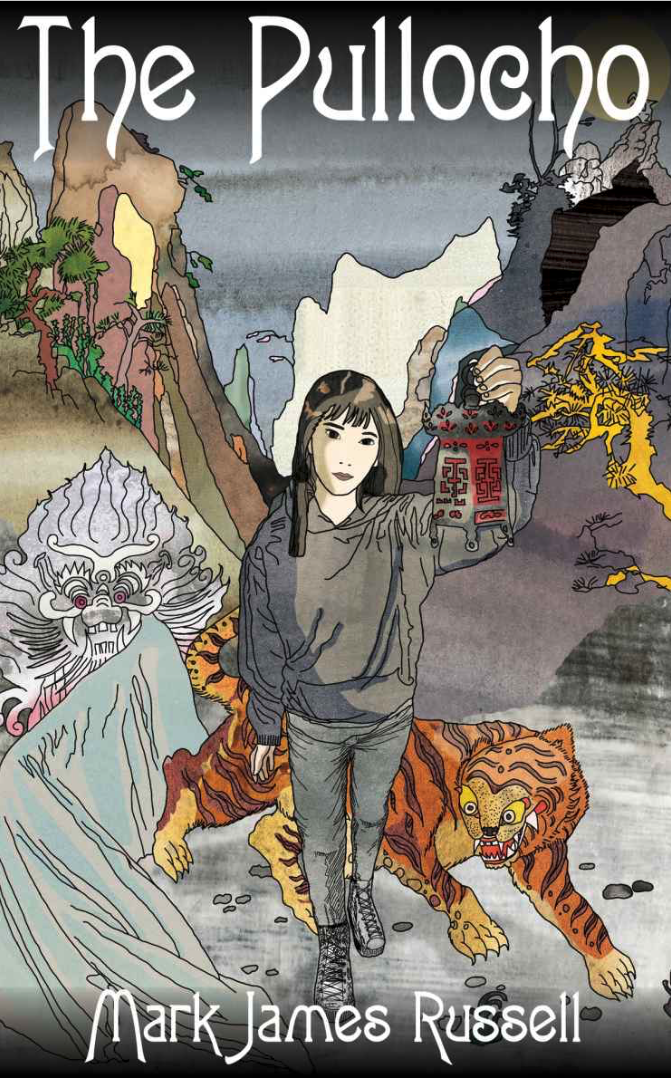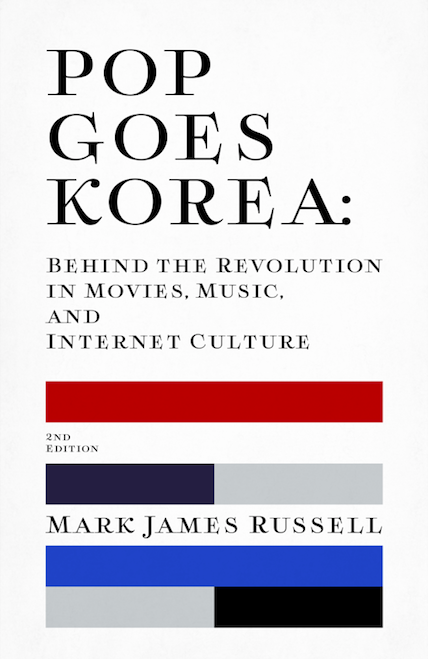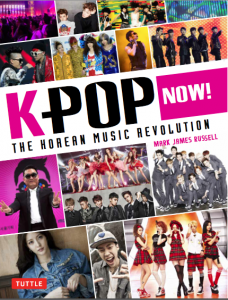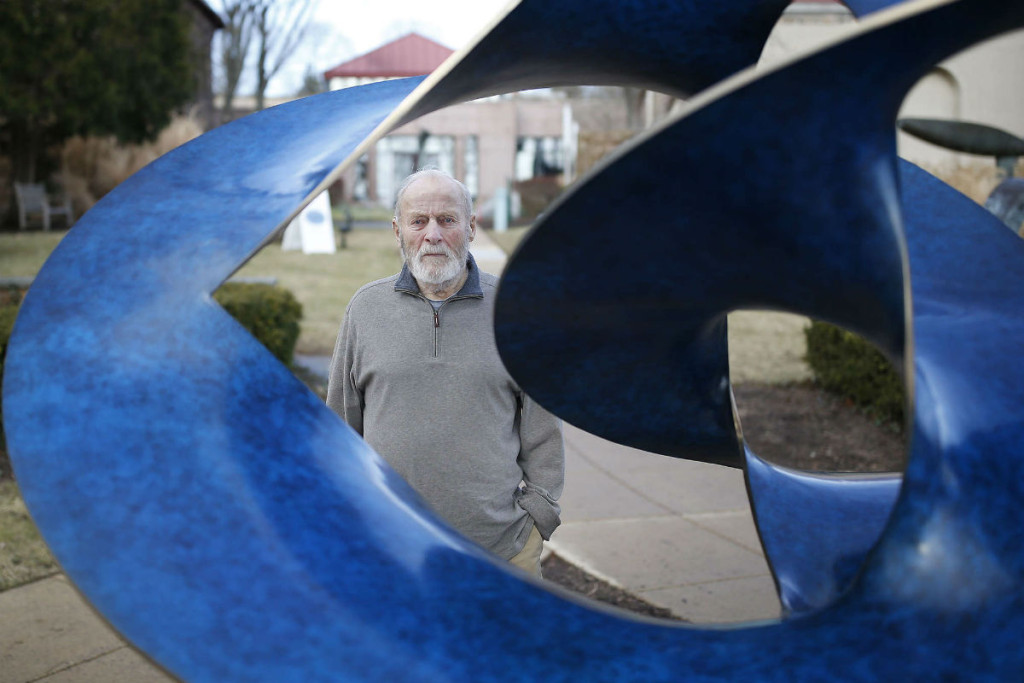
By far the most impactful and memorable class I took in university was a figure drawing class I took freshman year. It was great spending six hours a week trying to figure out the human form, but what was really amazing about the course was the professor, Robert Engman.
Robert was actually a sculptor, but apparently he was unhappy with some of the foundational abilities of his students, so set up a figure drawing class loosely modeled on how he had learned to draw at the Rhode Island School of Design. He didn’t care if you were an MFA student, a BFA, or just a random undergraduate from any other school, he just liked mentoring and helping young people learn to see better (which is, after all, the true foundation of art).
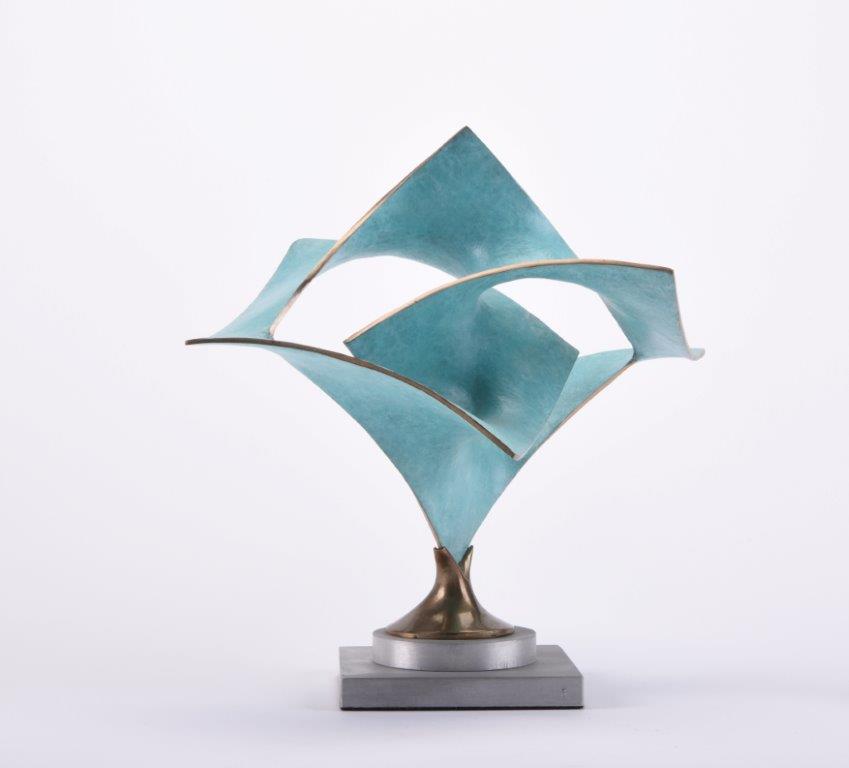
In between drawing sessions, Robert would talk. And talk and talk and talk — about pretty much anything. Art, life, yoga, his military service in WWII, the New York art scene of the 1960s. He was one of the least pretentious and most accomplished people I’ve ever met. He could be incredibly demanding, but at the same time he was also always kind and thoughtful*.
Which is why I was so happy to discover that someone has posted an extended interview with Robert from his home studio just outside of Philadelphia. Robert is 89 years old now (and the interview was done a couple of years ago), but his soft voice and eclectic thoughts are just like I remember from when I studied with him, nearly 30 years ago.
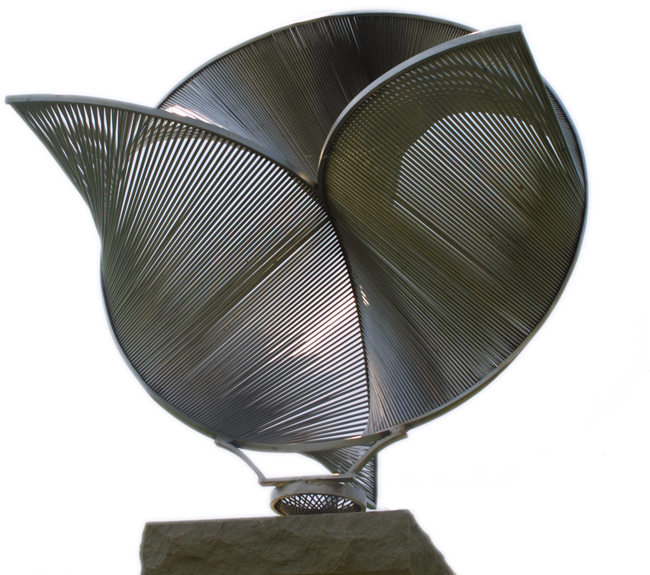
In addition to Robert’s incredible range of brilliant insights about life, I also loved his approach to art. In particular, I love how his concept of what is important about art revolved around the artist, not the audience or the critic. He would say things like:
“When you go to a museum and you see an array of finished, so-called important works of art, that doesn’t have much to do with what they’re really about. But if you start to paint yourself, now you find out how closely you locate what painters ultimately come to when they start to invent things of their own.
“There’s a whole world of common human experiences, things we share together, and we can talk about it and have ideas. But there’s one thing that takes place in us that can’t be shared with anyone else, and that’s the connection those things have through us.
“I’ve made I-don’t-know-how-many pieces of art, but I’m the only one who knows what that is. You can show them the things, but that doesn’t tell them what that is.”
Or:
“A piece of art is never a finished work. It answers a question which has been asked, and asks a new question.”
And I loved how comfortable he was with commercialism. He used to talk about how the “proper” size for an artwork was the minimum you needed to explore an idea. Big works which were big for no reason were basically pretentious nonsense. However, he was also aware that artists need to eat, so if you took your minimalist idea and blew it up huge to make some money, that was totally all right. As Robert used to say:
“Two-thirds art, one-third paying the rent is fine. One-third art and two-thirds paying the rent is fine, too. As long as it all isn’t just to pay the rent.”
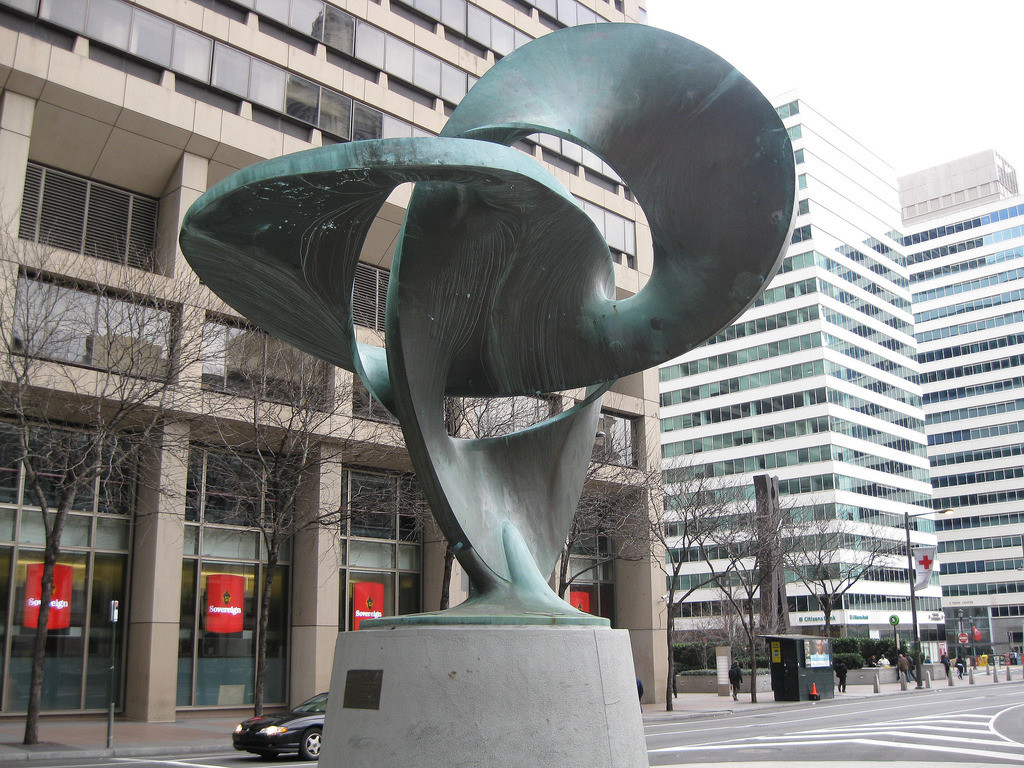
Which is good advice, considering his “Triune” sculpture, near Philadelphia City Hall, is pretty frickin’ huge.
Anyhow, if you have the time, take a listen. I hope you’ll find him as fascinating, brilliant, and wonderful as I do.
—————
*Note: This is 2017, when all our idols are revealed have feet of clay. So if Robert turns out to be a Balrog in human form or something similarly terrible, apologies in advance.
